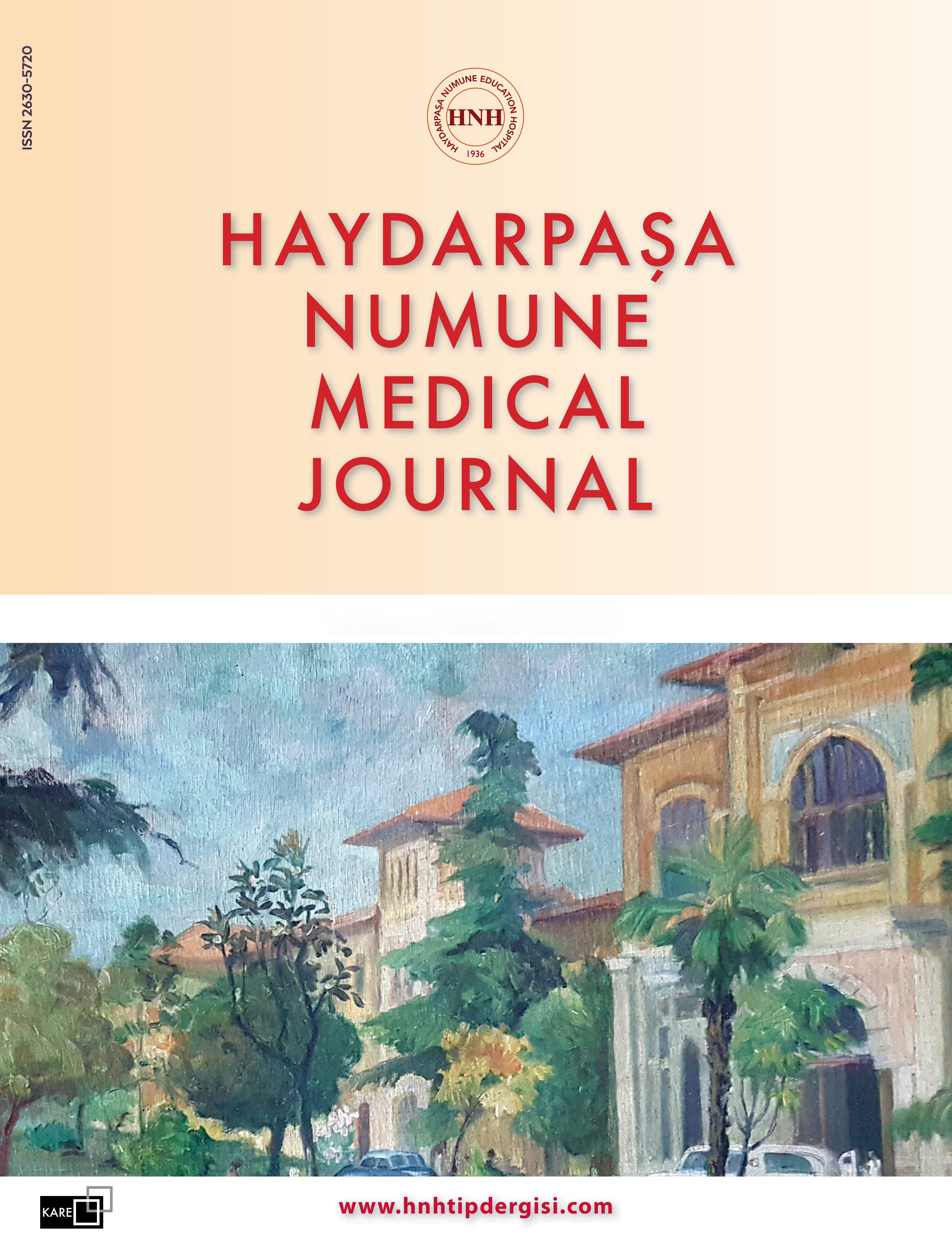Investigation of Virulence Factors of Candida albicans Species Isolated from Clinical Specimens Phenotypically and Genotypically
Deniz Turan1, Ayşe Barış2, Nuri Kiraz31Department of Medical Microbiology, University of Health Sciences Türkiye, Haydarpaşa Numune Training and Research Hospital, Istanbul, Türkiye2Department of Medical Microbiology, University of Health Sciences Türkiye, Sisli Hamidiye Etfal Training and Research Hospital, Istanbul, Türkiye
3Department of Medical Microbiology, Istanbul University-Cerrahpaşa Cerrahpaşa Faculty of Medicine, Istanbul, Türkiye
INTRODUCTION: Candida species are commensals in the normal flora of healthy humans but can become opportunistic pathogens, causing significant morbidity and mortality when predisposing factors are present. Various local or systemic factors, particularly their virulence factors, disrupt the normal homeostasis of Candida, leading to the transition from normal flora to pathogenic and opportunistic infections.
METHODS: In this study, the acid proteinase, phospholipase, and biofilm formation properties of 100 Candida albicans strains isolated from various clinical specimens were investigated phenotypically. Additionally, the presence of agglutinin-like sequences (ALS1) and hyphal wall protein (HWP1) genes, which are thought to be effective in adhesion during biofilm formation, was investigated genotypically.
RESULTS: Proteolytic activity was detected in 86% of the strains, phospholipase activity in 73%, and biofilm formation by the modified tube adherence method in 9%. Genotypically, the presence of ALS1 and HWP1 genes was detected in 29% and 91% of the strains, respectively.
DISCUSSION AND CONCLUSION: The lack of a significant relationship between the presence of ALS1 and HWP1 genes and biofilm formation suggests that different genes may also be effective in this process.
Keywords: Candida albicans, ALS1, biofilm formation, HWP1, hydrolytic enzymes, virulence factors.
Manuscript Language: English
















